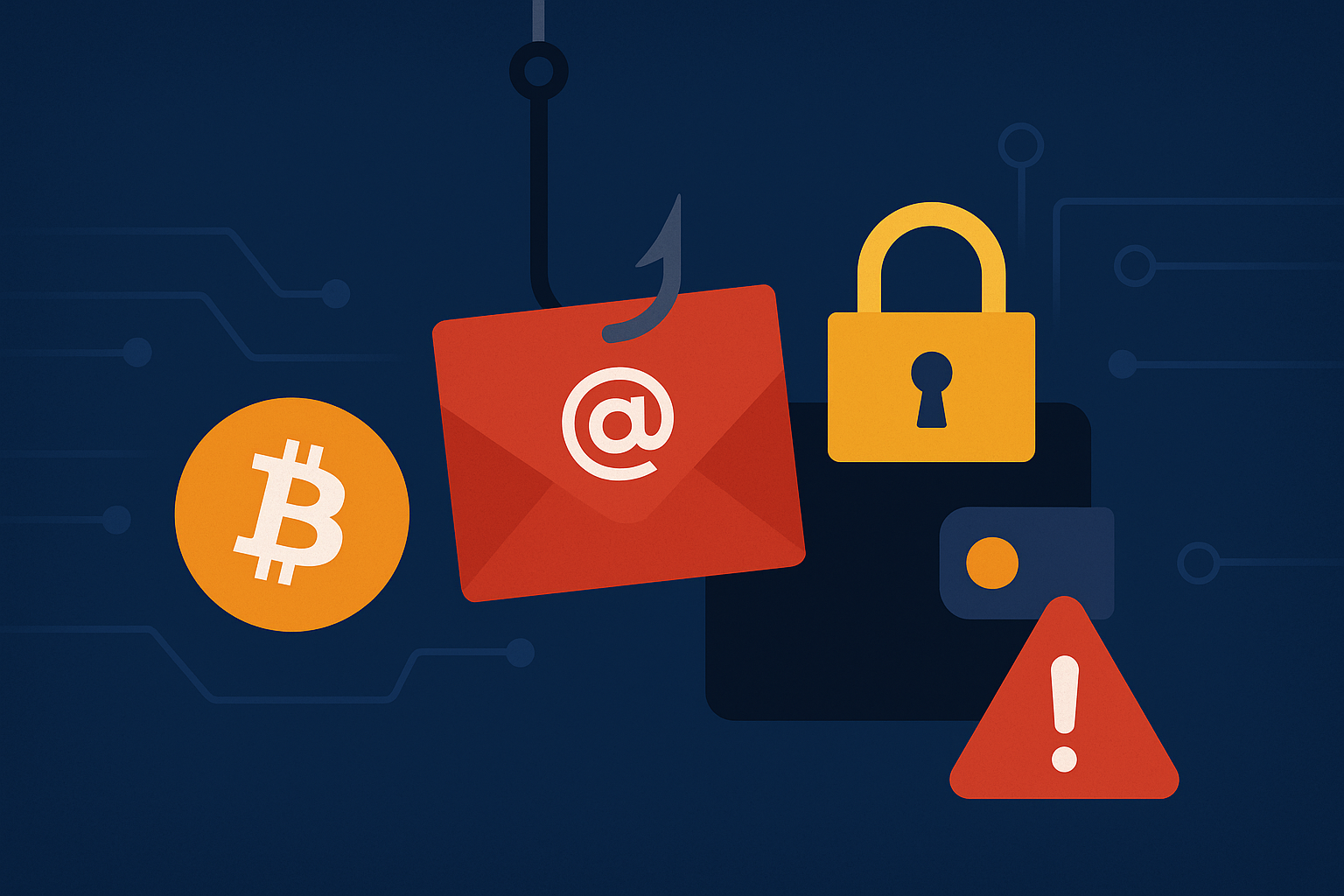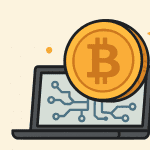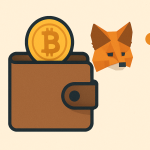If you’re new to crypto, it’s important to learn about phishing — one of the most common and dangerous scams in the crypto world.
In this beginner-friendly article, we’ll explain what phishing is, how it works, and how to protect yourself from losing your funds or private information.
Contents
What Is Phishing?
Phishing is a type of scam where someone tries to trick you into giving away personal information, like:
-
Your wallet password
-
Your private key
-
Your seed phrase
-
Your account login details
Once a scammer has this information, they can steal your crypto, and there’s usually no way to get it back.
Why Is Phishing Common in Crypto?
Phishing is popular among scammers because:
-
Crypto is digital and can be stolen quickly
-
Many new users don’t fully understand how wallets work
-
Crypto transactions are not reversible
-
Scammers can hide their identity easily
That’s why learning how phishing works is so important.
Common Types of Phishing in Crypto
Here are the most common ways scammers try to phish crypto users:
1. Fake Websites
Scammers create fake versions of real crypto sites (like exchanges or wallet apps). These websites look real but are designed to steal your info when you log in.
🛑 Always double-check the URL before entering any login details.
2. Fake Wallet Extensions or Apps
There are fake MetaMask or Trust Wallet apps on the internet or app stores. Once installed, they steal your seed phrase or private key.
🛑 Only download wallets from official websites or trusted app stores.
3. Phishing Emails
You may get an email that looks like it’s from Binance, Coinbase, or MetaMask. It might say there’s a problem with your account and ask you to click a link or enter your info.
🛑 Don’t click suspicious links in emails. Check the sender and visit the site directly.
4. Fake Support on Telegram/Discord
Scammers pretend to be customer support. They message you first and ask for wallet info to “fix” a problem.
🛑 Real support teams never DM first or ask for private info.
5. Airdrop or Giveaway Scams
You might see offers like “Claim free tokens” or “We’ll double your crypto if you send us ETH.” These are often phishing traps to steal from your wallet.
🛑 If it sounds too good to be true, it probably is.
Signs You’re Being Phished
🚩 Website address looks strange (e.g., one extra letter)
🚩 You’re asked to enter your seed phrase or private key
🚩 Unsolicited messages from “support”
🚩 Urgent language: “Your account is at risk!”
🚩 You’re asked to click unknown links or download files
If you see any of these signs, stop and double-check before taking action.
How to Stay Safe from Phishing
Here are some simple tips to protect yourself:
✅ Never share your seed phrase or private key — with anyone
✅ Bookmark official crypto websites
✅ Enable 2FA (Two-Factor Authentication) on all accounts
✅ Use a hardware wallet for large amounts of crypto
✅ Ignore messages from strangers, especially if they offer help or ask for info
✅ Keep your computer and apps updated
✅ Use a trusted antivirus or browser extension to block fake sites
Remember: No real crypto project will ever ask for your private info.
What to Do If You Get Phished
If you think you’ve fallen for a phishing scam:
-
Act fast. Move any remaining funds to a safe wallet.
-
Revoke wallet permissions using tools like revoke.cash.
-
Report the scam to the community, wallet provider, or crypto exchange.
-
Warn others so they don’t fall for the same trick.
Unfortunately, once your crypto is stolen, it’s very hard to recover — so prevention is key.
Final Thoughts
Phishing is one of the biggest threats in crypto, especially for beginners. But with a little knowledge and caution, you can stay safe.
Always remember:
-
Don’t share your private info
-
Don’t trust unknown links or messages
-
Double-check before you click
Your wallet is your responsibility — and your safety starts with you.




